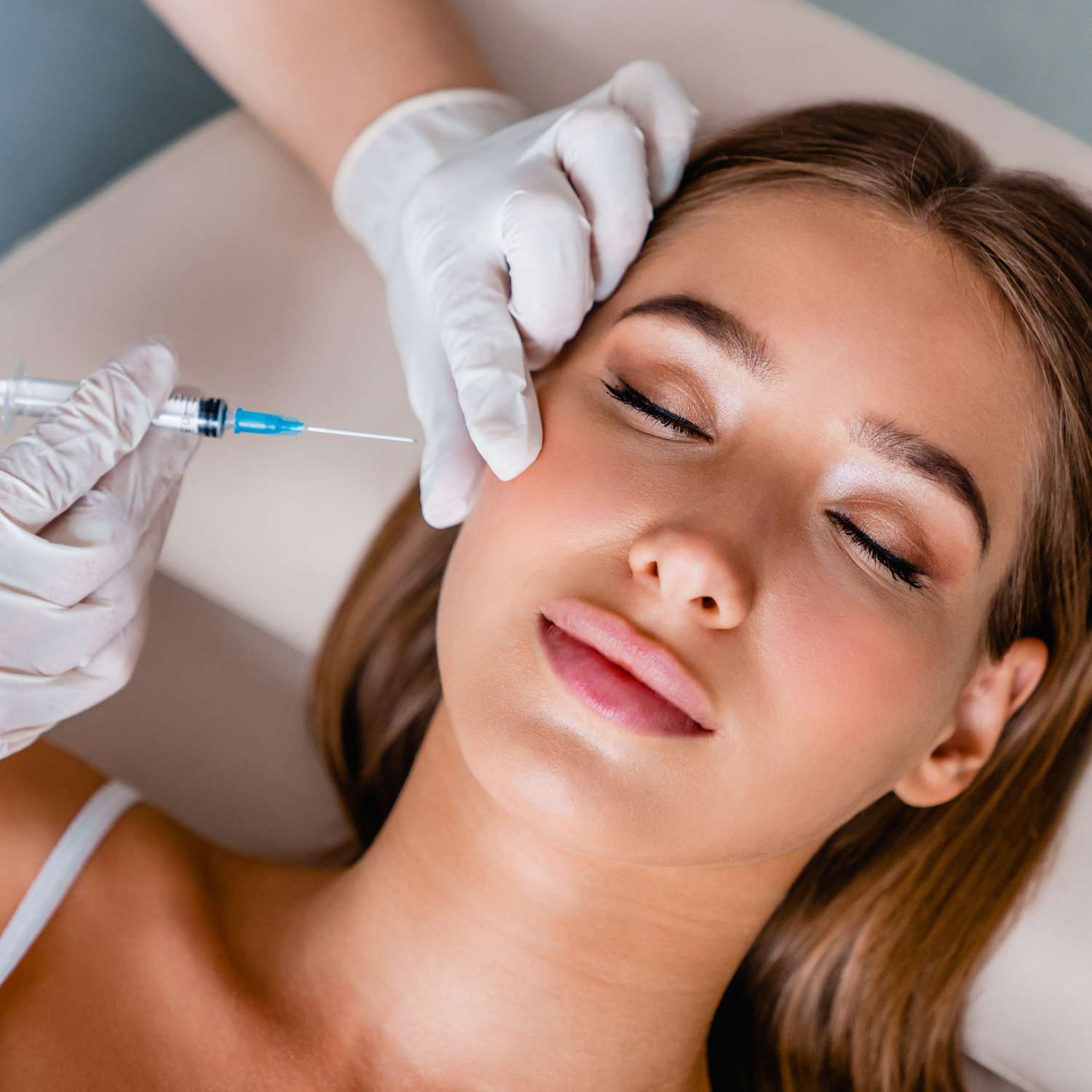Wrinkle Fillers
Wrinkle Fillers
Wrinkle Fillers
Three critical components hold the skin tight and smooth: Collagen, Hyaluronic Acid, and Elastin. These chemicals combine to create a firm, spongy meshwork under the skin’s surface. This elastic structure keeps the skin surface smooth and firm.
With age, this meshwork slowly loses its strength. With weakness in the underlying support structure, the skin’s surface no longer has its baby-skin smoothness. As you age, skin that sags or wrinkles can be caused by loss of fat and proteins in the skin layer. Injectables can’t permanently replace lost fat and proteins, but they can mimic your skin’s original structure.

Dermal fillers are gel-like substances injected under the skin. Dermal fillers are meant to create a smoother or fuller appearance or both. The FDA regulates dermal fillers as medical devices. As reported in clinical trials, the effects of most FDA-Approved Dermal Fillers are temporary because they are made from materials that the body eventually breaks down and absorbs. The injection procedure may have to be repeated to maintain the desired effect.
Types of Dermal Fillers
Temporary fillers include the following materials:
- Hyaluronic acid, a sugar that is naturally found in the body.
- Calcium hydroxylapatite, a mineral and a significant component of bone
- Poly-L-lactic acid (PLLA), a biodegradable, synthetic material
- Autologous fat injections, fat deposits from donor areas of the patient body, like tummy or buttocks.
Only one FDA-approved dermal filler is not absorbed by the body. It is made with polymethylmethacrylate (PMMA) beads suspended in a solution that contains bovine (cow) collagen. PMMA beads are tiny, round, smooth plastic beads. Dermal fillers are not for everyone. Dermal fillers may not be appropriate for people with certain conditions, such as bleeding disorders or some allergies, and those under 22. Injection of a facial filler is generally an outpatient procedure with numbing medication. The procedure takes up to an hour.
You might have mild discomfort, bruising, and swelling for up to a week. After the swelling goes down, you might need a touch-up injection for best results. How long the effect lasts depends on the type of wrinkle and filler, among other factors.